-
Rooted in industrial chic and timeless leathercraft, this stool channels the en...
-
Inspired by the timeless elegance of mid-century modern design, this chair pays...
-
Stripped of all excess, this chair embraces essential form with intentional des...
-
Step into the world of classic design, a remarkable fusion of style and comfort...
-
Find out this versatile icon of design chair that effortlessly blends into any ...
-
Discover this metal chair, a symbol of modern craftsmanship that combines simpl...
-
The chair's design is characterized by its simplicity and functionality. The ar...
-
The Minimalist Black Design Chairs is an iconic piece of furniture that has lef...
-
Bring a touch of rustic industrial charm to any setting with our Industrial Woo...
-
The Backless Black Metal Stools feature a distinctively simple yet elegant stru...
-
The timeless elegance of our Classic Black Metal Design Chairs—where sleek soph...
-
The stool's minimalist design is accentuated by its clean lines and geometric s...
Choosing the Perfect Office Chair: Ergonomics, Functionality, Durability, and Style with a Focus on Black Office Chairs
Ergonomic Office Chairs: Enhancing Comfort, Health, and Productivity
In modern work environments, where prolonged sitting has become the norm, ergonomic office chairs play a crucial role in safeguarding health and boosting productivity. Unlike traditional chairs, ergonomic office chairs are thoughtfully designed to support the body’s natural alignment, reduce strain, and adapt to individual needs. Let’s explore the key elements and benefits of ergonomic office chairs in detail.
1. The Core Purpose of Ergonomics
Ergonomics is the science of designing workplaces and products to fit the users’ needs, aiming to maximize comfort, efficiency, and safety. In office chairs, this means crafting seating solutions that promote a healthy posture and reduce the risk of musculoskeletal disorders often associated with long hours of sitting.
2. Key Features of Ergonomic Office Chairs
-
Adjustable Seat Height:
Allows users to keep their feet flat on the floor, thighs parallel to the ground, and knees at about a 90-degree angle. Proper height adjustment prevents pressure on the back of the thighs and promotes good circulation in the legs. -
Lumbar Support:
Supports the lower back’s natural inward curve (lordosis). Adequate lumbar support prevents slouching, which can lead to lower back pain and spinal problems. Some chairs feature adjustable lumbar pads to customize the fit. -
Adjustable Backrest:
Enables users to tilt and recline the backrest to maintain comfort and reduce spinal compression. It also encourages dynamic sitting, where posture is varied throughout the day, which is healthier than a fixed posture. -
Armrest Adjustability:
Adjustable armrests help to reduce tension in the shoulders and neck by supporting the arms at a natural angle. Ideally, the elbows should rest comfortably at about a 90-degree angle, with the shoulders relaxed. -
Seat Depth Adjustment:
Allows users to adjust the seat length so that there’s a small gap (about 2-3 inches) between the edge of the seat and the back of the knees. This prevents pressure on the back of the legs and helps maintain blood circulation. -
Swivel and Mobility:
A swivel base and smooth-rolling casters enable ease of movement, allowing users to reach different areas of their workspace without straining or twisting awkwardly.
3. Health Benefits of Ergonomic Chairs
-
Reduced Risk of Musculoskeletal Disorders:
Proper ergonomic support mitigates risks like lower back pain, neck strain, carpal tunnel syndrome, and sciatica. -
Improved Circulation:
Features like seat depth adjustment and dynamic reclining promote blood flow, preventing numbness and fatigue in the legs. -
Enhanced Posture and Spinal Health:
Supporting the natural curves of the spine reduces stress on vertebrae and discs, potentially preventing chronic pain and injury. -
Increased Comfort Leading to Greater Focus:
Discomfort from poor seating often causes distraction. Ergonomic chairs improve comfort, enabling sustained concentration and productivity.
4. Ergonomic Chairs in Different Work Environments
Ergonomic office chairs are vital not only in corporate offices but also in home offices, studios, and even classrooms where extended sitting is common. They accommodate diverse body types and working styles, making them versatile solutions in varied settings.
5. Ergonomics and Customization
No two bodies are alike, and ergonomic chairs reflect this principle by offering multiple points of customization. Investing time in adjusting your chair properly is as important as the chair’s design itself. Ergonomic assessments and professional fittings can optimize the benefits.
Ergonomic Office Chairs: Enhancing Comfort and Health in the Workplace
In the modern workplace, where prolonged sitting is a common reality, ergonomic office chairs play a critical role in supporting employee health, comfort, and productivity. Unlike traditional chairs that focus primarily on aesthetics or basic seating, ergonomic chairs are scientifically designed to align with the human body's natural posture, reducing strain and preventing musculoskeletal issues.
1. What Makes an Office Chair Ergonomic?
An ergonomic office chair is defined by its ability to adapt to the user's body and promote a healthy sitting posture. Key features that distinguish these chairs include:
-
Adjustable Seat Height: Allows users to place their feet flat on the floor, thighs parallel to the ground, and knees at a roughly 90-degree angle. Proper seat height prevents pressure on the back of the thighs and promotes good circulation.
-
Lumbar Support: Provides targeted support to the lower back's natural inward curve. Good lumbar support reduces stress on the spine and helps prevent lower back pain, a common complaint among office workers.
-
Adjustable Armrests: Help maintain relaxed shoulders and proper arm positioning, reducing strain on the neck, shoulders, and wrists. Armrests should be adjustable in height and width to accommodate different body sizes and tasks.
-
Backrest Tilt and Recline: Allows the user to lean back slightly, which can relieve pressure on the spinal discs and encourage movement, helping prevent stiffness from static postures.
-
Seat Depth Adjustment: Ensures that the seat supports most of the thigh without cutting off circulation behind the knees. This feature is essential for users of varying leg lengths.
-
Swivel Base and Mobility: Enables smooth rotation and movement, minimizing awkward twisting and reaching, which can strain muscles and joints.
2. Health Benefits of Ergonomic Office Chairs
Prolonged sitting without proper support can lead to various health problems, including:
-
Chronic Back Pain: Poor posture and lack of lumbar support strain the spine and surrounding muscles.
-
Neck and Shoulder Tension: Incorrect armrest height or lack of support can cause muscle fatigue.
-
Circulatory Issues: Sitting with legs unsupported or in awkward positions can reduce blood flow, increasing the risk of swelling or even deep vein thrombosis.
-
Repetitive Strain Injuries (RSI): Poor arm and wrist positioning may contribute to carpal tunnel syndrome and other RSIs.
Ergonomic chairs help mitigate these risks by encouraging neutral postures that distribute body weight evenly, reduce pressure points, and support natural spinal alignment.
3. Ergonomics and Productivity
Comfort directly influences concentration and efficiency. When employees are free from discomfort and pain, they are less likely to take breaks due to fatigue or soreness. Ergonomic chairs contribute to:
-
Enhanced Focus: Reduced physical distractions mean users can maintain attention on tasks.
-
Increased Energy: Proper circulation and posture help maintain alertness.
-
Fewer Absences: By preventing work-related musculoskeletal disorders, ergonomic chairs can decrease sick days and improve overall workforce health.
4. Choosing an Ergonomic Office Chair
When selecting an ergonomic chair, consider the following:
-
User Diversity: Chairs with multiple adjustment options can accommodate a range of body types and preferences.
-
Quality of Materials: Breathable fabrics and cushioning impact comfort during extended use.
-
Certification: Look for chairs meeting ergonomic standards (e.g., BIFMA, ANSI).
-
Trial Periods: Some manufacturers offer trial or warranty periods to ensure suitability.
Ergonomic Office Chairs: Durability and Core Performance
Ergonomic office chairs are designed to provide optimal support and comfort, but beyond their immediate health benefits, their durability and core performance are crucial factors that determine their long-term value and effectiveness in the workplace. Here’s an in-depth look at how these elements interact and why they matter:
1. Importance of Durable Materials
Ergonomic chairs must withstand continuous use—often 8 or more hours daily—without compromising their supportive features. The materials used in construction significantly impact durability:
-
Frame: The frame is the backbone of the chair, typically made from steel or high-grade aluminum to offer rigidity and strength while remaining relatively lightweight. A durable frame ensures the chair can handle various body weights and movements over time.
-
Base and Casters: The chair base, usually a five-point star design, provides stability. High-quality nylon or metal bases combined with smooth-rolling casters prevent wobbling and facilitate mobility without premature wear.
-
Upholstery and Padding: Breathable mesh or dense foam padding supports comfort while maintaining shape. Mesh is popular for its ventilation and durability, whereas high-density foam cushions adapt to body contours and resist flattening.
2. Mechanisms and Adjustability Features
The ergonomic value of a chair heavily depends on its adjustable features, which must perform reliably over years:
-
Height Adjustment: Pneumatic or hydraulic lift mechanisms allow easy and precise seat height adjustments. Durable gas cylinders and control levers are essential to prevent sudden drops or failure.
-
Tilt and Recline: Tilt mechanisms let users change posture dynamically, crucial for spinal health and blood circulation. The tension control must balance support and flexibility, requiring robust springs and locking systems.
-
Armrests and Lumbar Support: Adjustable armrests reduce shoulder and neck strain, while lumbar supports maintain the natural curve of the lower back. These components often involve sliding or pivoting parts that need sturdy joints and smooth operation to avoid looseness or breakage.
3. Testing for Longevity and Safety
Reputable manufacturers test ergonomic chairs to ensure they meet industry standards such as BIFMA (Business and Institutional Furniture Manufacturers Association) or ANSI (American National Standards Institute):
-
Load Testing: Chairs undergo static and dynamic load tests to simulate years of usage, including impacts, weight pressures, and repetitive motions.
-
Stability Testing: Ensures the chair will not tip over easily, protecting users from falls or injuries.
-
Material Wear Resistance: Tests fabric and padding resilience against abrasion, tears, and stains.
These tests certify that ergonomic chairs not only offer comfort but also maintain structural integrity and safety over time.
4. Balancing Durability with Ergonomic Design
While durability is essential, it should never come at the expense of ergonomic function. Overly rigid or heavy chairs may last long but can compromise user comfort or adjustability. Conversely, lightweight or aesthetically focused chairs might sacrifice robustness.
The ideal ergonomic chair strikes a balance by using advanced materials and engineering that deliver:
-
Long-lasting support
-
Reliable adjustment mechanisms
-
Comfortable yet sturdy seating surfaces
5. Maintenance and Care for Longevity
Even the most durable ergonomic chairs require proper maintenance to maximize lifespan:
-
Regular cleaning of mesh or fabric prevents dirt buildup that can degrade materials.
-
Lubricating moving parts ensures smooth operation of tilt and swivel functions.
-
Periodic inspection of screws, bolts, and joints prevents loosening that could impair stability.
6. Economic and Environmental Considerations
Investing in a durable ergonomic office chair is cost-effective in the long run by:
-
Reducing the frequency of replacement and repairs.
-
Minimizing workplace injuries linked to poor seating, lowering absenteeism and healthcare costs.
-
Supporting sustainable practices if chairs are made from recyclable or eco-friendly materials, thus reducing environmental impact.
Aesthetic and Design Considerations: The Case of the Black Office Chair
In the realm of office furniture, aesthetics play a crucial role not only in defining the workspace environment but also in influencing mood, professionalism, and brand identity. Among various options, the black office chair stands out as a timeless and versatile choice, blending practicality with style.
Timeless Elegance and Versatility
Black is often regarded as a classic, sophisticated color that seamlessly integrates into virtually any office setting. Whether the workspace is a minimalist modern setup, a traditional corporate boardroom, or a creative home office, a black office chair complements the environment without overpowering it.
-
Neutral Palette: The neutral nature of black allows it to pair easily with other colors, furniture styles, and décor elements. This versatility makes it a safe yet stylish choice for businesses looking to maintain a cohesive look without frequent redesigns.
-
Professionalism: Black conveys a sense of formality and seriousness, which is particularly valued in corporate environments. It projects professionalism and can subtly communicate authority and confidence.
-
Timelessness: Unlike trendy or bold color choices, black does not go out of fashion. A black office chair remains relevant across changing design trends, offering long-term aesthetic value.
Practical Benefits of Black Office Chairs
Beyond aesthetics, black office chairs offer practical advantages that add to their appeal:
-
Maintenance and Cleanliness: Black upholstery, whether leather, mesh, or fabric, is generally better at concealing stains, spills, and wear compared to lighter colors. This makes black chairs ideal for high-traffic office spaces and long-term use.
-
Material Compatibility: Black works well with different materials such as polished metal, matte plastics, or natural wood, allowing manufacturers to experiment with textures while maintaining a cohesive look.
Design and Style Variations in Black Office Chairs
Although black is a singular color, office chairs in this hue come in diverse designs and styles, catering to different ergonomic and aesthetic needs:
-
Executive Chairs: Often feature plush leather or leather-like upholstery, high backs, and ornate stitching details, exuding luxury and comfort.
-
Task Chairs: Sleeker, with mesh backs or fabric cushions, these chairs focus on breathability and support, suited for dynamic work environments.
-
Modern Minimalist Designs: Incorporate clean lines and subtle contours, emphasizing simplicity and ergonomic efficiency, fitting well in contemporary offices.
Branding and Cultural Implications
Choosing black office chairs can also align with corporate branding and workplace culture:
-
Corporate Branding: Many companies use black furniture as part of their visual identity to symbolize professionalism, reliability, and timelessness.
-
Inclusive Design: Black chairs are generally gender-neutral and culturally neutral, reducing biases in workplace aesthetics.
-
Mood and Atmosphere: Black can anchor a room’s design, lending an atmosphere of calm focus or, conversely, a strong statement depending on the accompanying décor.
Potential Drawbacks and Considerations
While black office chairs are popular, some considerations should be kept in mind:
-
Perception of Harshness: Overuse of black in a space can sometimes create a stark or overly serious environment, which might affect mood and creativity.
-
Heat Retention: Dark colors, including black, can absorb more heat, which might be less comfortable in warm office climates or near windows with strong sunlight.
Impact of Black Office Chairs on Workplace Health and Productivity
1. Ergonomic Benefits and Health Impact
The black office chair, a staple in many professional environments, is not just chosen for its classic, versatile appearance but also for its potential ergonomic advantages that directly affect workplace health. Properly designed black office chairs incorporate adjustable features—such as lumbar support, seat height, and armrests—that help maintain the natural spinal curvature. This ergonomic support reduces the risk of musculoskeletal disorders, chronic back pain, and repetitive strain injuries commonly caused by prolonged sitting.
Using a black office chair with ergonomic features encourages good posture, which is critical in preventing fatigue and physical discomfort. When employees remain comfortable throughout the workday, they are less likely to experience pain-related distractions, resulting in fewer sick days and a healthier workforce overall.
2. Enhancing Focus and Productivity
A comfortable seating arrangement significantly influences an individual’s ability to focus and sustain attention. Black office chairs, often equipped with dynamic mechanisms like tilt and swivel, allow users to adjust their posture and move fluidly during long hours of work. These movements improve blood circulation, reduce muscle stiffness, and help maintain mental alertness.
The neutrality of the black color contributes psychologically by providing a professional and unobtrusive presence in the workspace. Unlike more vibrant colors that might be visually distracting, black office chairs blend seamlessly into various office settings, fostering a calm and organized atmosphere conducive to productivity.
3. Psychological and Aesthetic Influence
The color black is commonly associated with authority, sophistication, and professionalism. Incorporating black office chairs in a workplace can subtly reinforce a culture of seriousness and focus. This aesthetic choice supports the notion that the environment is designed for efficiency and high standards, potentially motivating employees to meet performance expectations.
Moreover, black office chairs are versatile and timeless, fitting easily into diverse office designs without clashing with other décor elements. Their ability to maintain a sleek and uniform look helps minimize visual clutter, which can otherwise contribute to cognitive overload and reduce productivity.
4. Durability and Cost-Effectiveness
From a practical standpoint, black office chairs tend to show less visible wear and stains compared to lighter colors, which contributes to a cleaner and more professional office appearance over time. This durability translates to longer chair lifespans and reduced replacement costs, making black office chairs a cost-effective choice for businesses aiming to invest in quality seating without frequent turnover.
A sturdy black office chair built with high-quality materials also supports consistent comfort and reliability, ensuring that employees experience fewer interruptions due to seating issues, which can negatively impact workflow and productivity.
5. Overall Workplace Satisfaction
When employees use comfortable, supportive, and aesthetically pleasing black office chairs, overall job satisfaction tends to improve. Comfort reduces physical stress, while a professional-looking chair fosters a sense of pride and belonging within the workplace. This positive impact on well-being can boost morale and encourage employees to perform at their best, directly influencing productivity and retention.
Selecting the Right Office Chair: A Focus on the Black Office Chair
Choosing the right office chair is a crucial decision that directly impacts comfort, health, productivity, and workplace aesthetics. When considering a black office chair, you’re opting for a versatile and timeless choice that suits a wide range of environments, from corporate offices to home workspaces. Below are the key factors and considerations to guide you in selecting the ideal black office chair.
1. Ergonomic Features
A black office chair should foremost prioritize ergonomics to support long hours of sitting:
-
Adjustable Seat Height: Ensures your feet rest flat on the floor, reducing pressure on thighs and promoting proper circulation.
-
Lumbar Support: Black office chairs often feature built-in or adjustable lumbar support to maintain the natural curve of the spine, preventing lower back pain.
-
Armrests: Adjustable armrests help reduce strain on shoulders and neck. Look for chairs where arm height and width can be customized.
-
Backrest Recline and Tilt Mechanisms: Allow you to shift posture throughout the day, promoting movement and reducing fatigue.
When selecting a black office chair, ensure these ergonomic features are present and easy to adjust to fit your body type and work habits.
2. Material and Comfort
The material of a black office chair affects breathability, durability, and style:
-
Mesh Back Chairs: Provide excellent airflow, preventing heat buildup during long sitting sessions, while maintaining support.
-
Leather or Faux Leather Chairs: Offer a sleek, professional look often associated with executive office settings. They are easier to clean but may trap heat.
-
Fabric Upholstery: Provides softer comfort and comes in various textures but may be harder to clean.
Choose the material that matches your comfort preferences, the climate of your workspace, and the desired aesthetic. Black chairs in leather or mesh are popular for their blend of professional appearance and functionality.
3. Durability and Build Quality
A good black office chair should be durable and stable to withstand daily use:
-
Frame and Base: Look for chairs with a sturdy metal or high-quality nylon base. Five-star bases provide stability and mobility.
-
Casters/Wheels: Ensure smooth rolling on your office flooring type (carpet, hardwood, tile). Some black office chairs offer locking wheels for safety.
-
Weight Capacity: Confirm the chair supports your weight comfortably, with some models rated for heavier users.
Durability ensures your investment lasts for years without compromising comfort or safety.
4. Aesthetic and Design
Black office chairs are favored for their sleek and professional look:
-
Versatility: Black complements virtually any office color scheme or décor, making it a safe, stylish choice.
-
Style Options: From minimalist modern designs with clean lines to plush executive chairs with cushioned armrests and high backs, black chairs offer variety.
-
Corporate Image: Black office chairs often convey professionalism and seriousness, fitting well in formal settings.
If matching company branding or home office style is important, black chairs offer timeless flexibility.
5. Price and Value
Black office chairs come in a wide price range:
-
Budget Models: Basic black office chairs provide essential ergonomic features at affordable prices but may lack premium comfort or durability.
-
Mid-Range: Chairs offering adjustable features, better materials, and enhanced comfort usually fall here.
-
Premium/Executive: High-end black office chairs come with advanced ergonomic technology, luxury materials, and stylish design details.
Balance your budget with desired features to maximize value. Investing in quality reduces health risks and replacement costs over time.
6. User Reviews and Brand Reputation
Before purchasing a black office chair, consider:
-
User Feedback: Real-world reviews reveal comfort, durability, and ergonomic effectiveness.
-
Brand Reputation: Established brands often provide warranties and better customer service.
-
Return Policies and Trials: Some companies offer trial periods, letting you test the chair at home before committing.

 English
English Français
Français Español
Español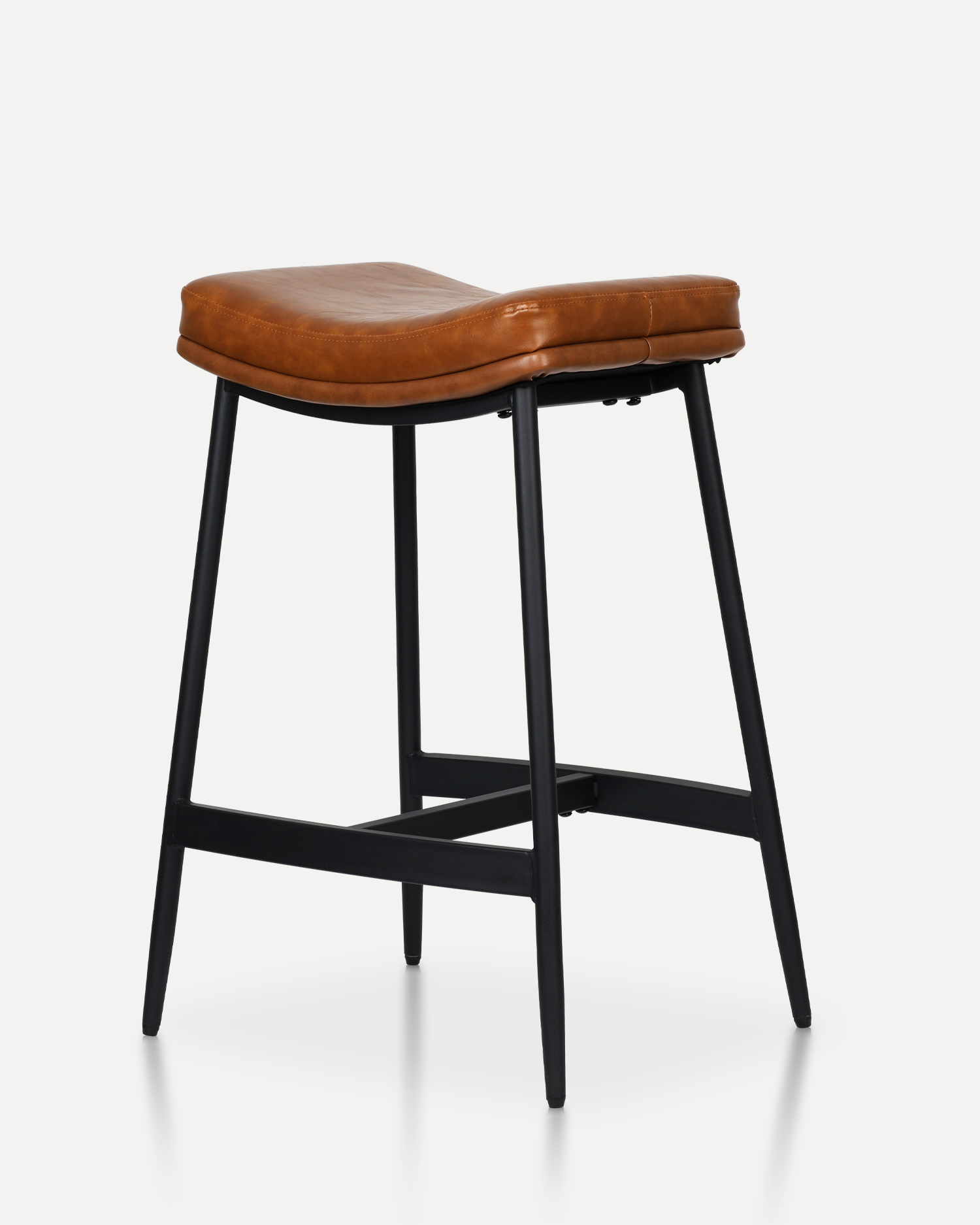
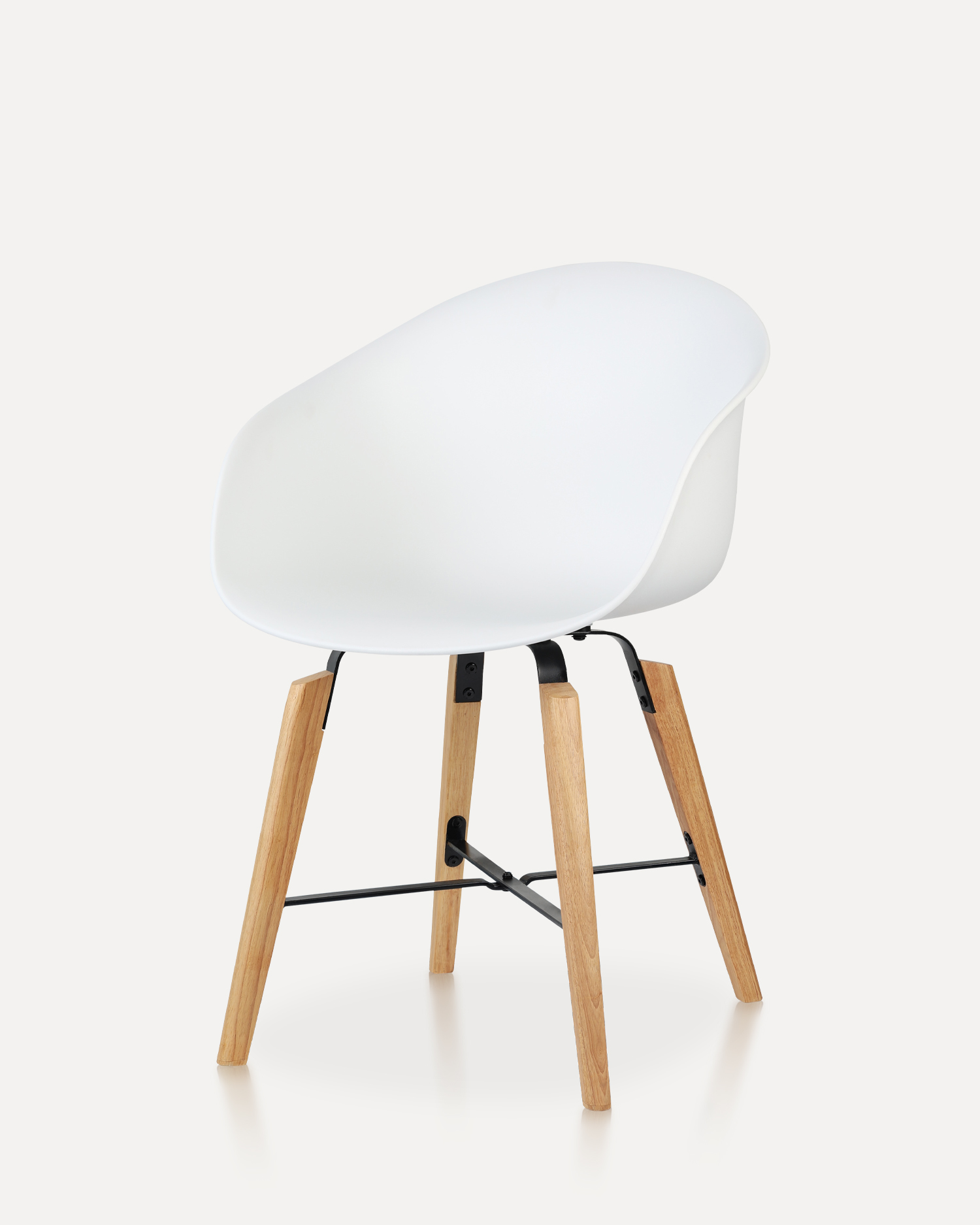
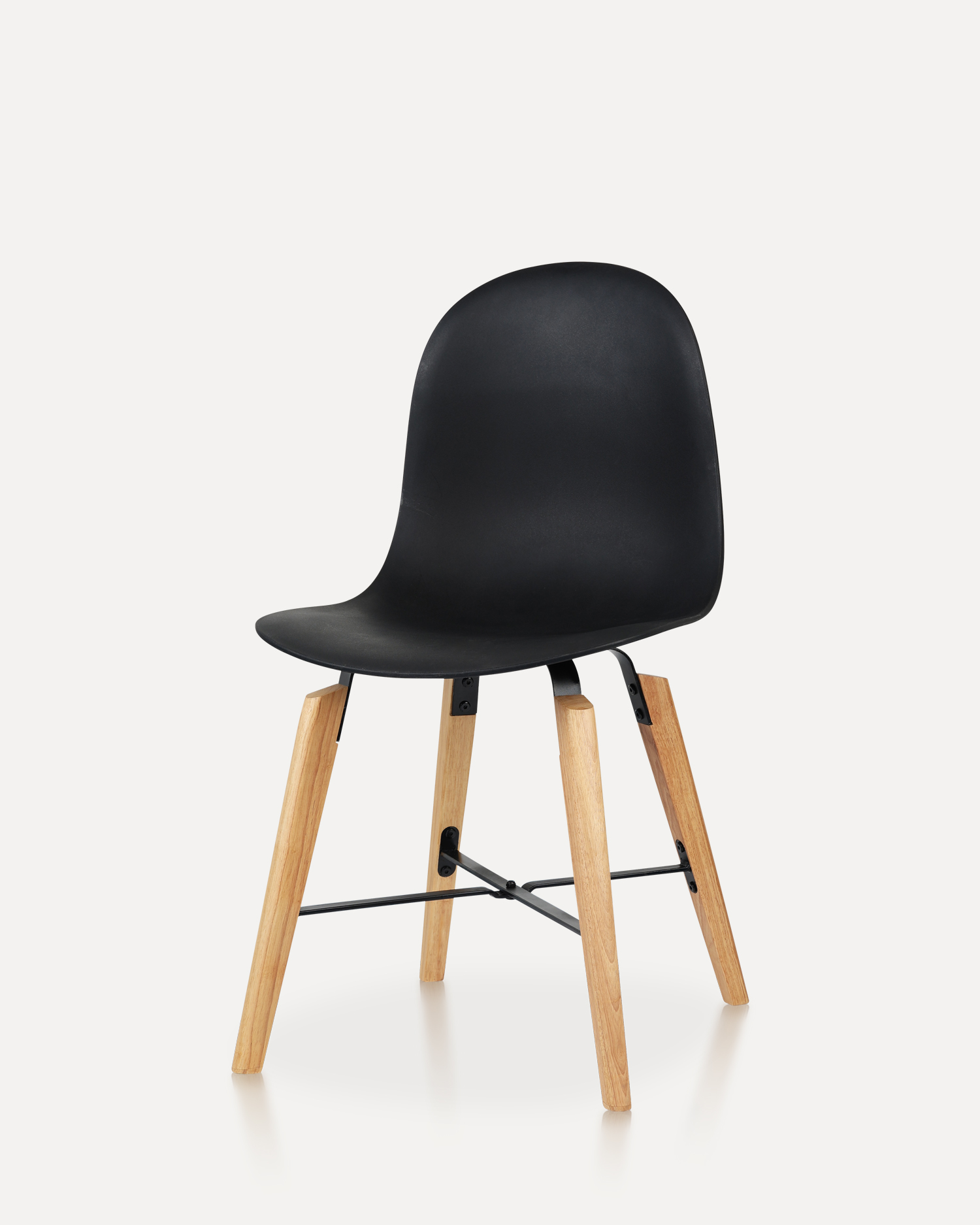
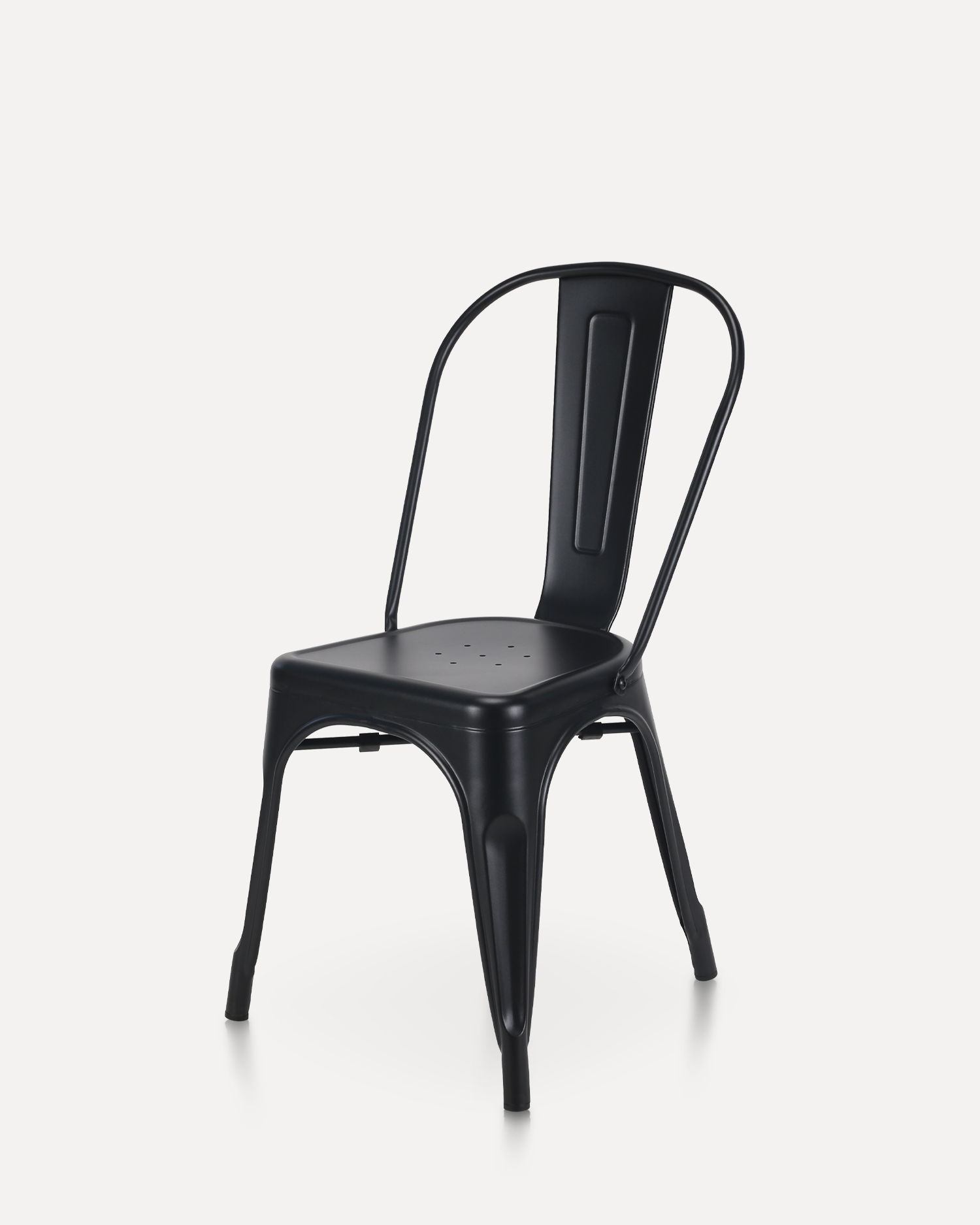
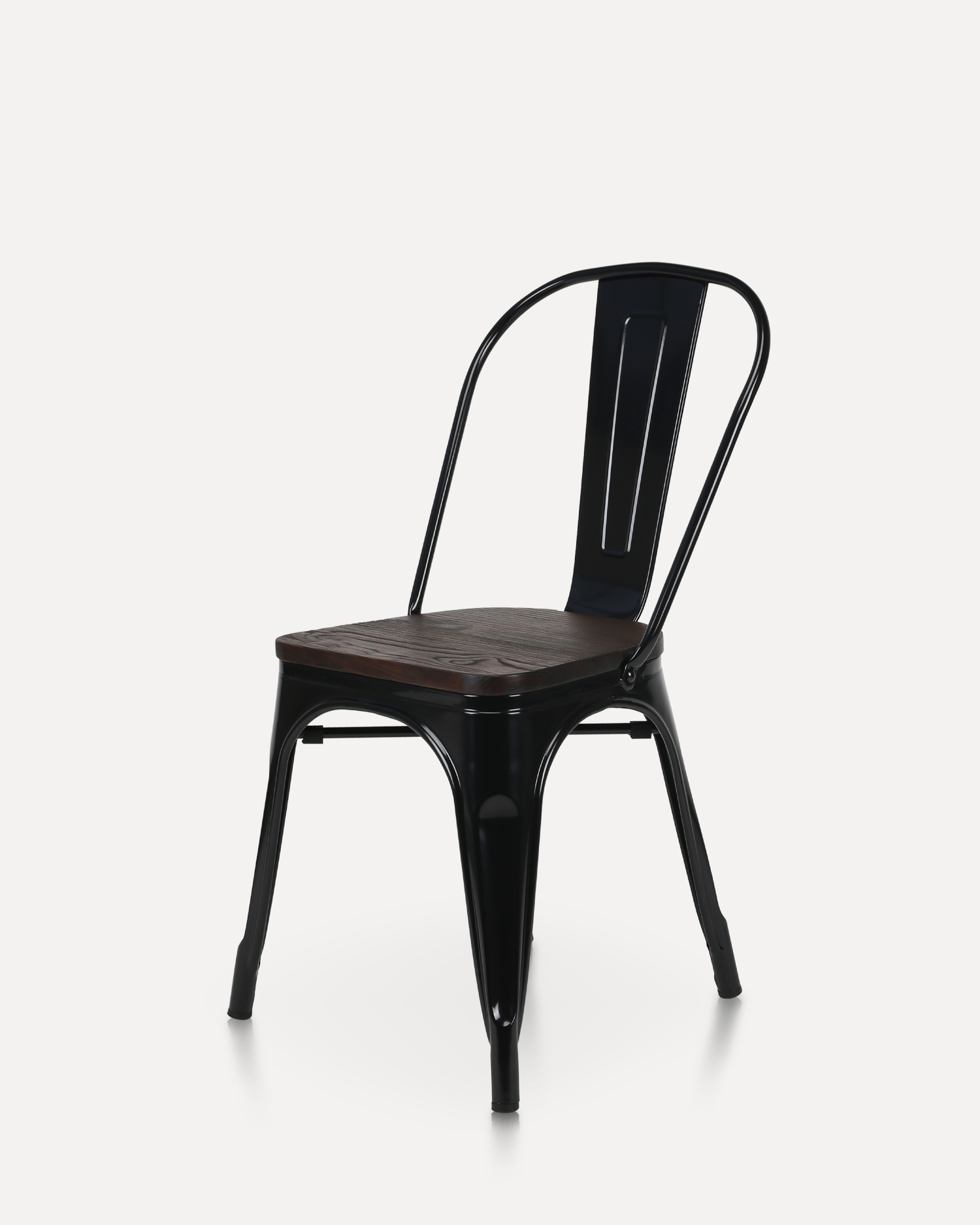
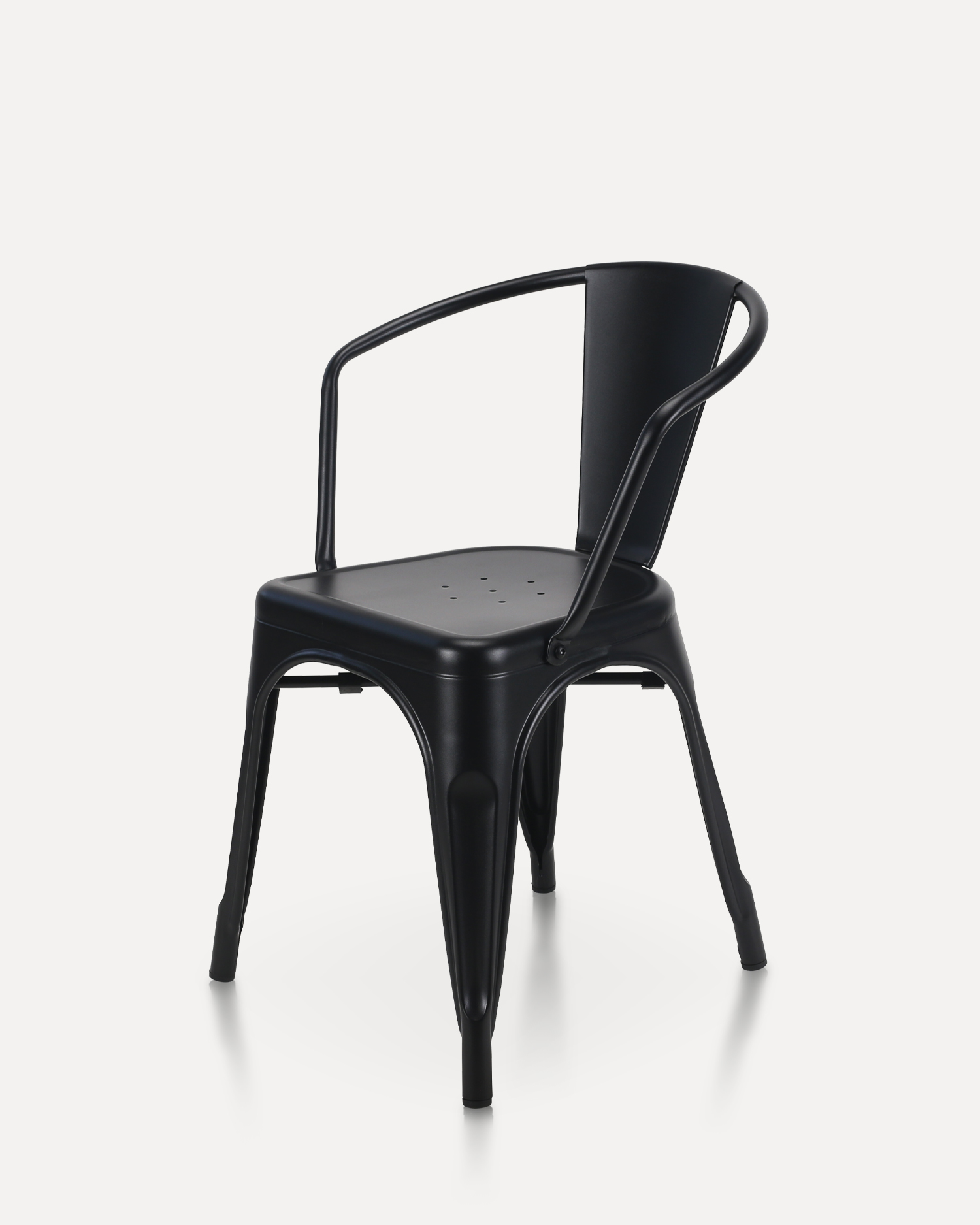
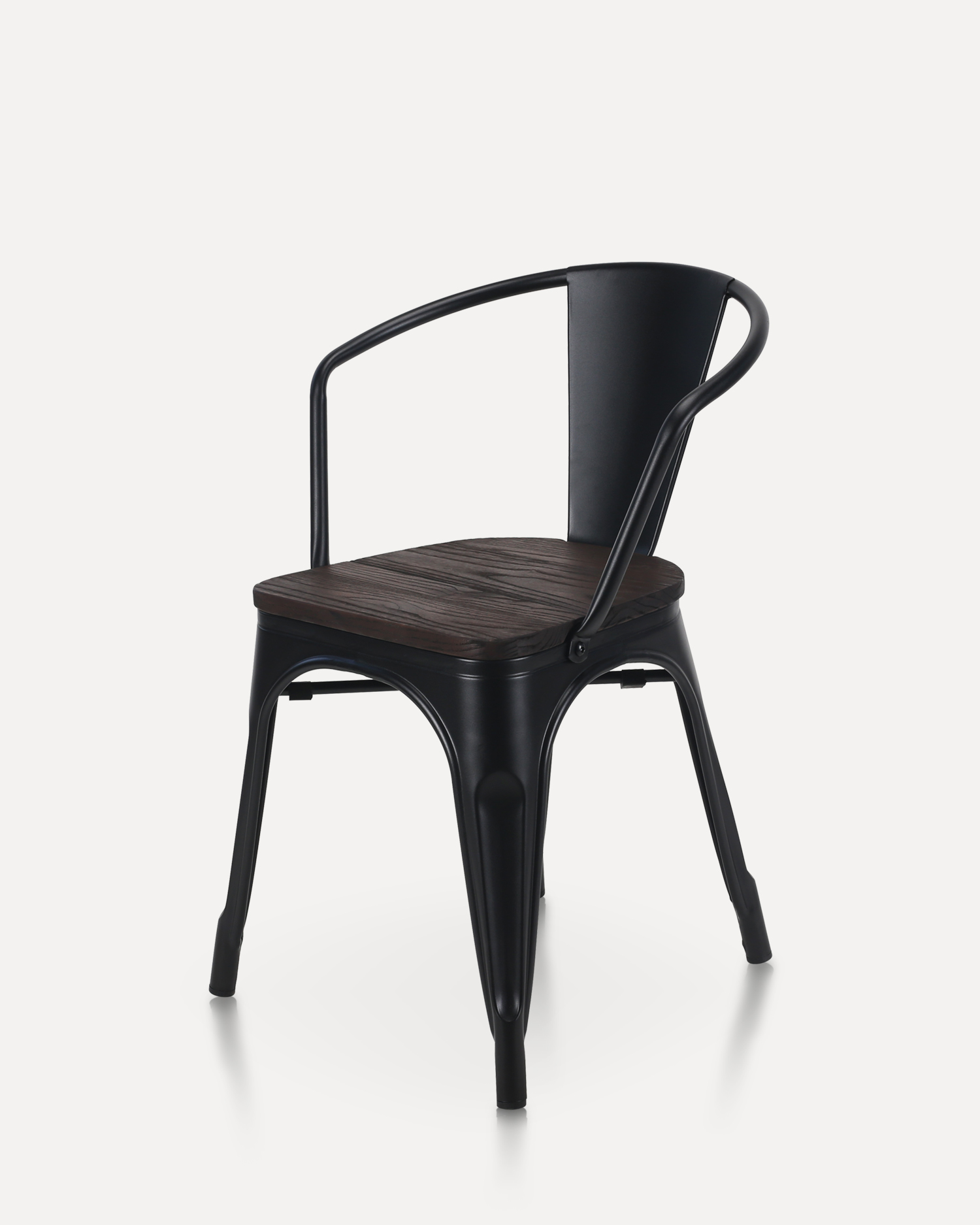
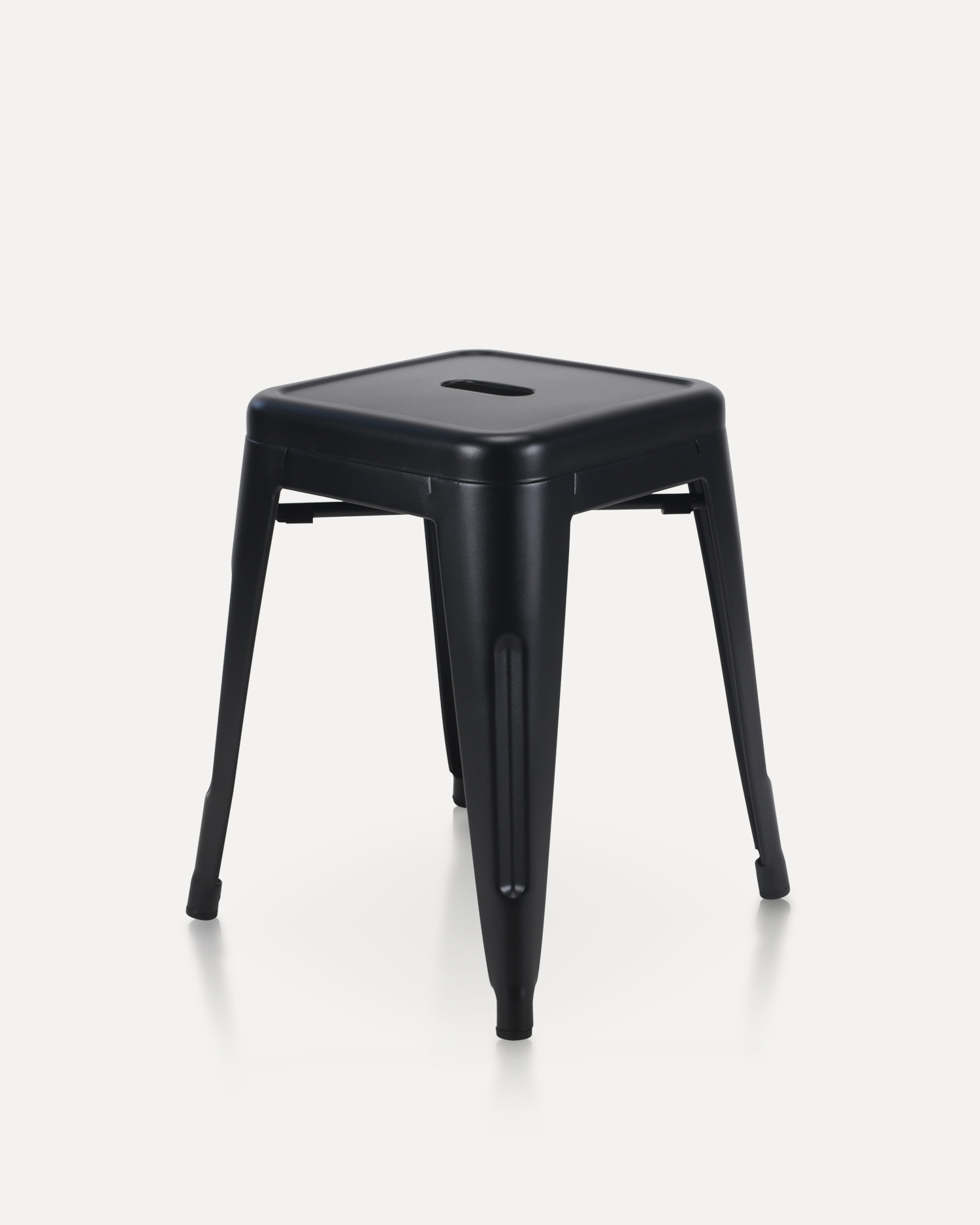
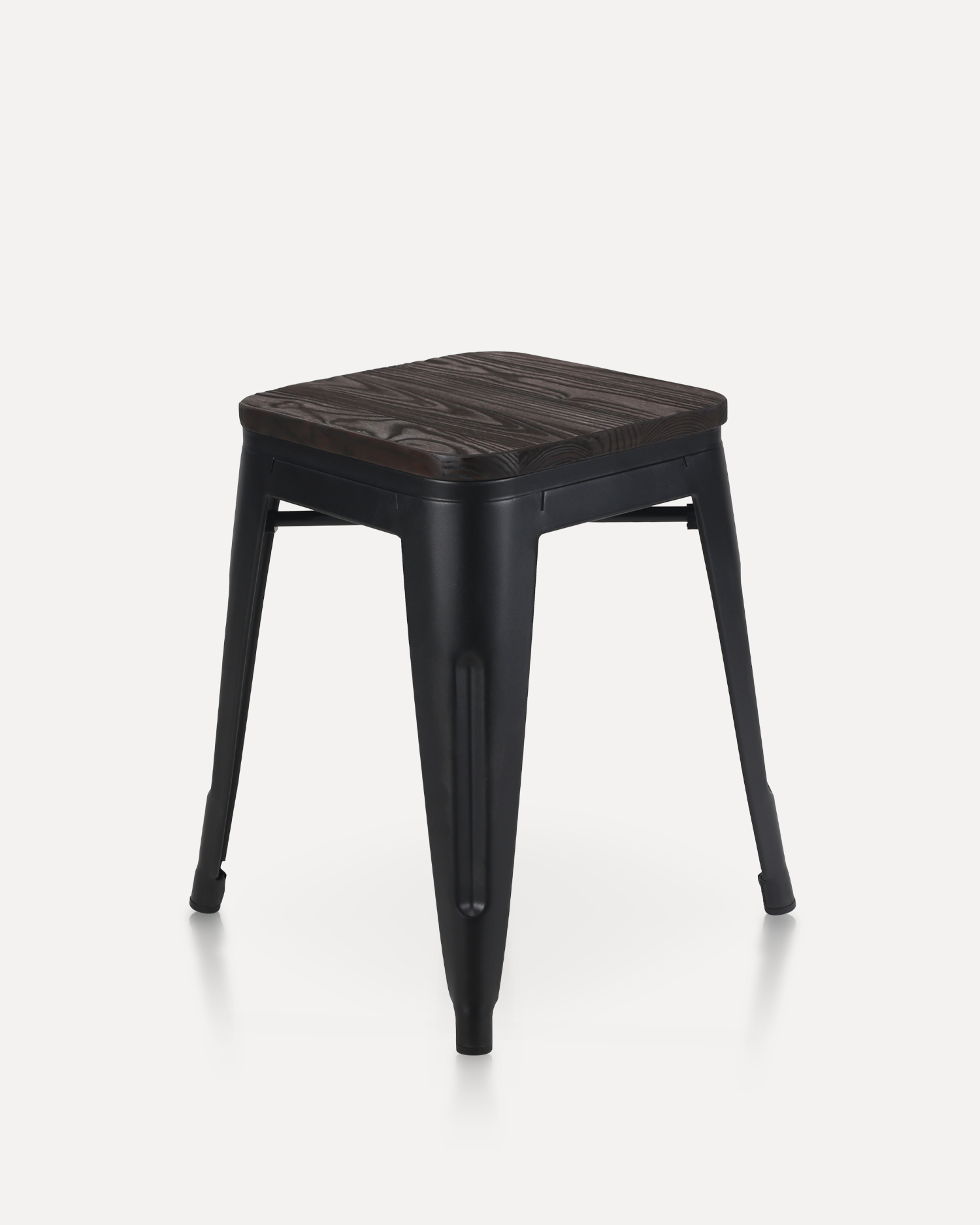
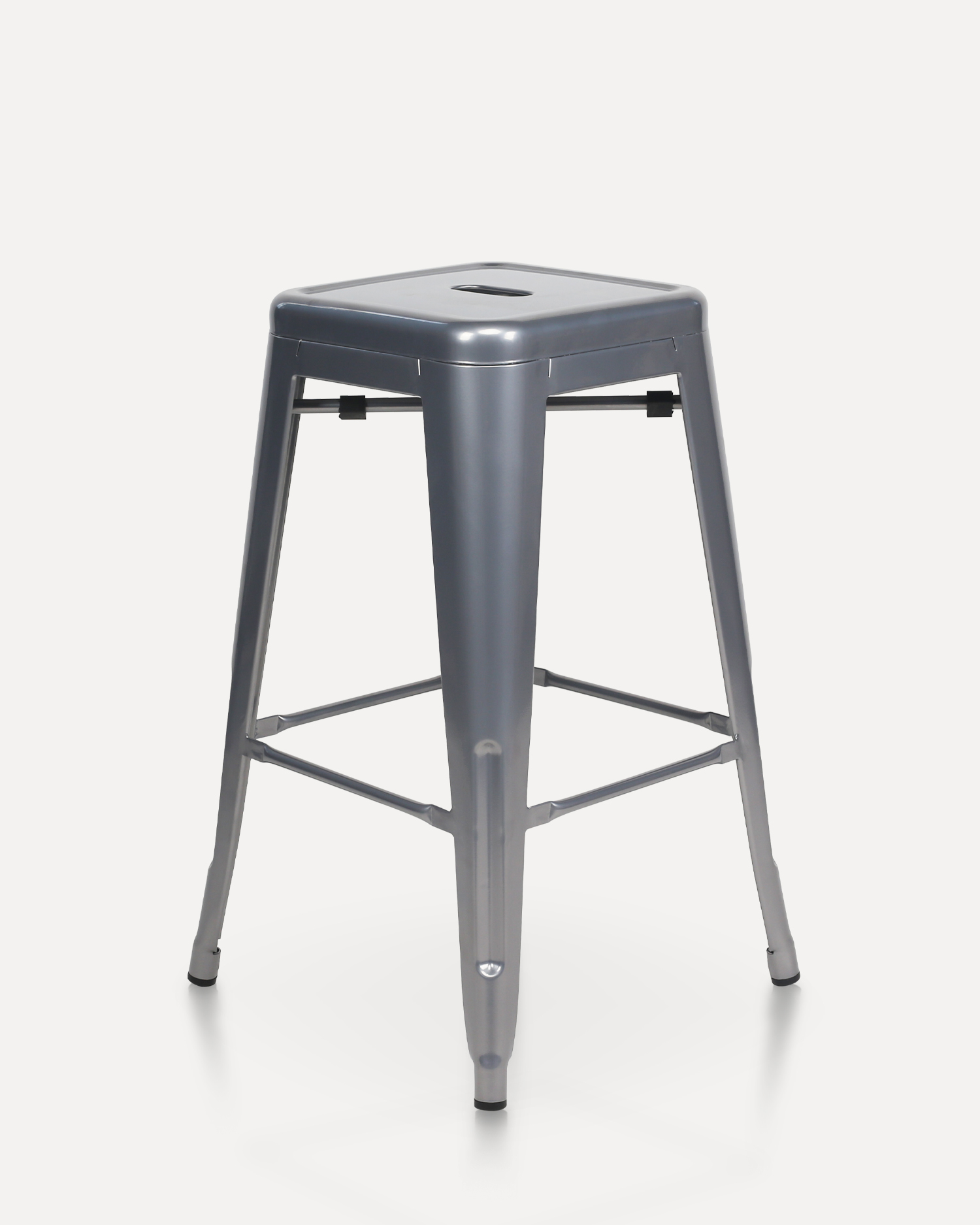
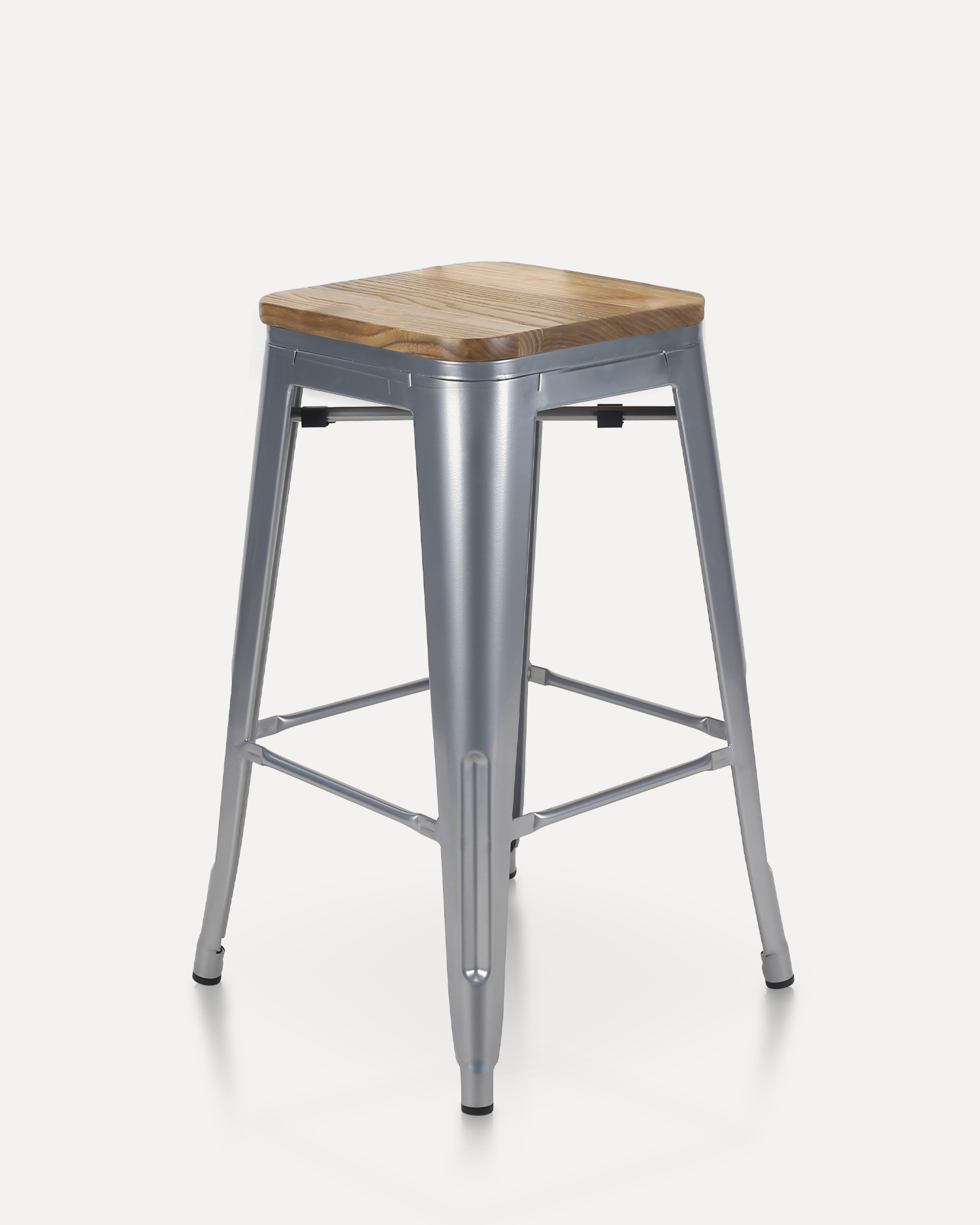
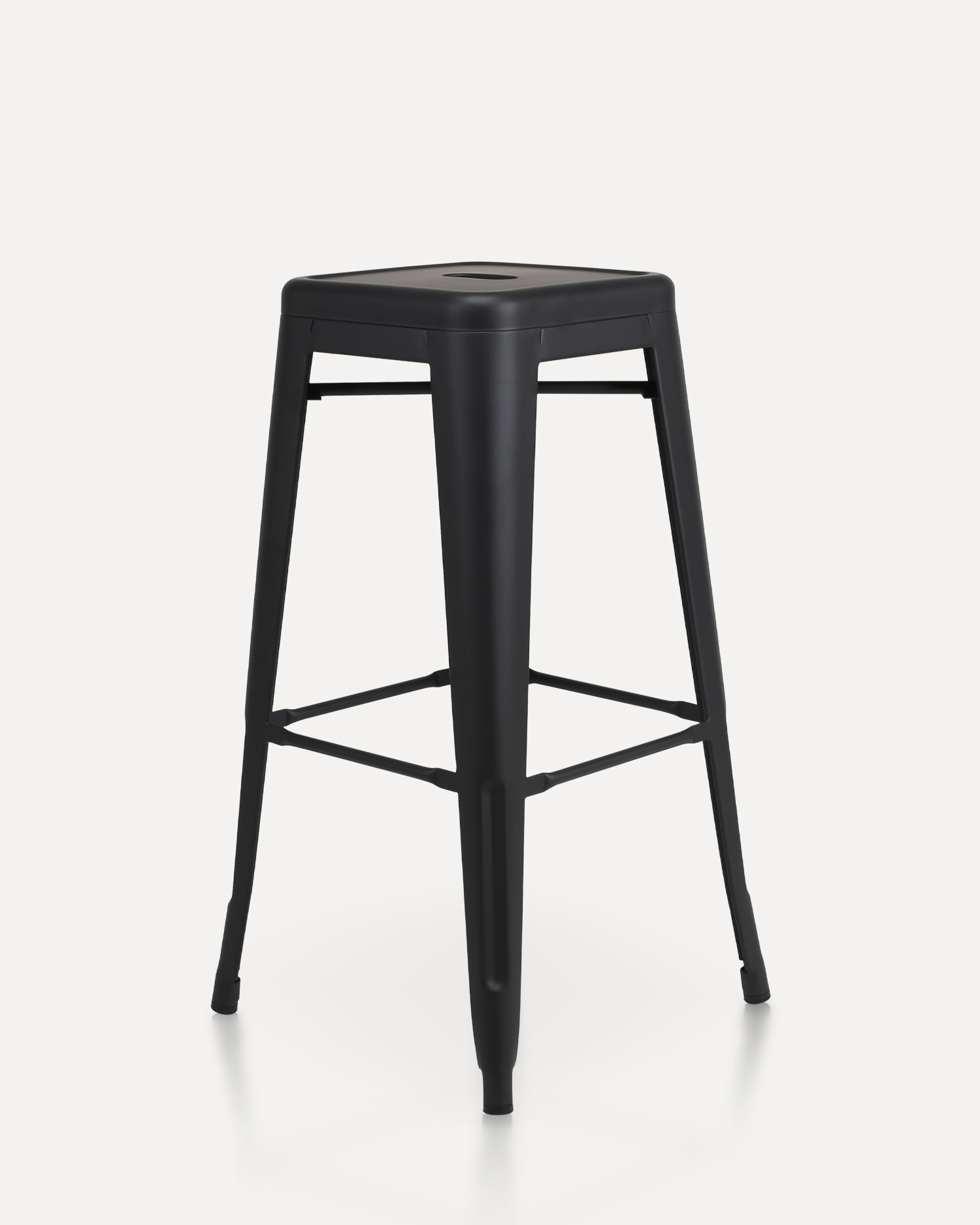





 Instagram
Instagram
 Facebook
Facebook
 Linkedin
Linkedin